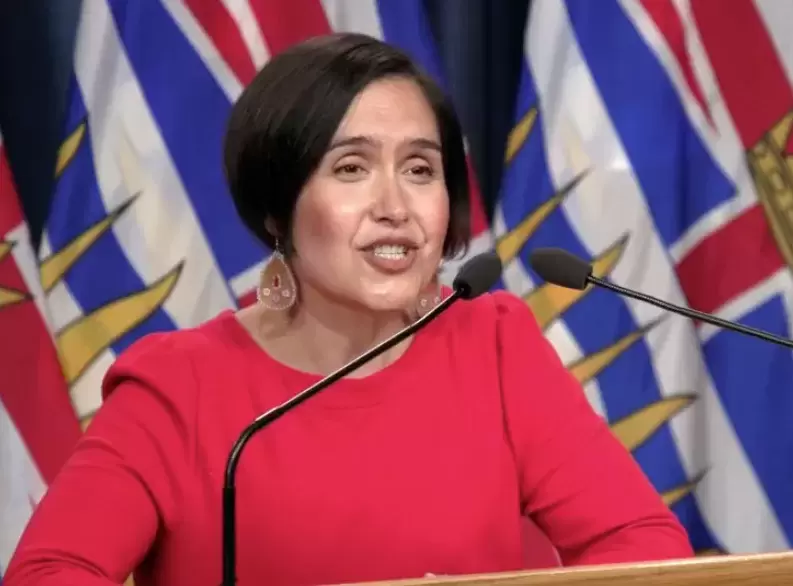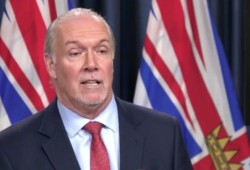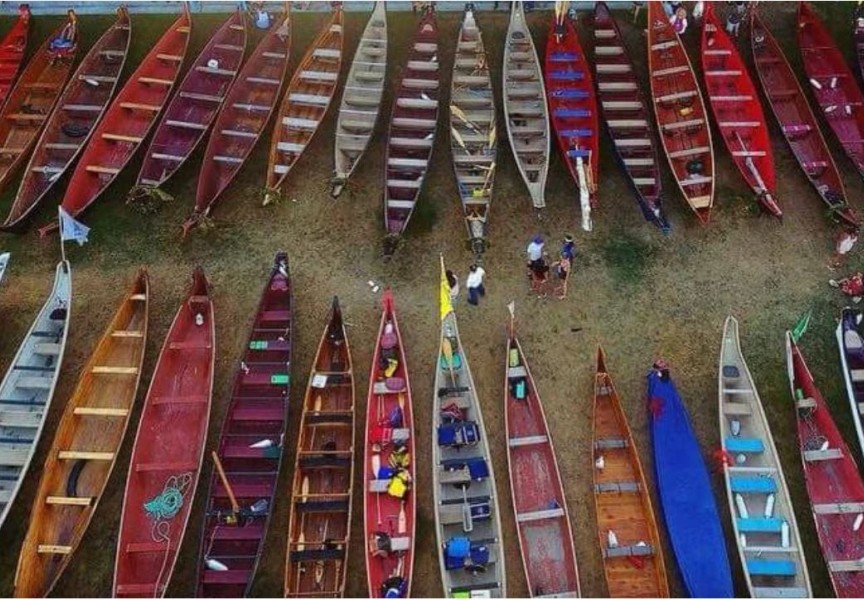Rural, remote and Indigenous communities in B.C. have been promised immediate relief through improved health care services, including better medical transportation options as well as new and faster COVID-19 testing.
Premier John Horgan and Minister of Indigenous Relations and Reconciliation Scott Fraser announced a new collaborative framework April 20, pledging to ensure all B.C. residents have equal and timely access to health care.
“People living in rural, remote and Indigenous communities have unique challenges in accessing the health care they need,” the premier said. “This new collaborative framework will bring immediate relief to these communities, including a commitment to moving patients to the critical care they need at a moment’s notice.”
The framework has been adopted as a pandemic response, although it was in development long before COVID-19 appeared. A suite of measures is designed to prevent the spread of COVID-19 while supporting better health outcomes in the future, Horgan said. They include:
- Improved medical transportation options to larger centres, including flight and ambulance.
- Housing options for people to self-isolate near their families while remaining in their home communities.
- New and faster COVID-19 testing technology.
- Culturally safe contact tracing that respects privacy in small communities.
- Access to Virtual Doctor of the Day, a new program that connects First Nation members and their families in remote communities to a doctor or nurse practitioner using video-conferencing.
- Options for accommodation near larger centres with more medical services.
- Increased mental health supports in communities.
Developed through a partnership between First Nations Health Authority (FNHA), Northern Health and Provincial Health Services Authority, the framework is intended to be flexible so local community leaders can adapt it to meet their needs.
“This addresses both the urgent short-term responses needed to support communities during the COVID-19 pandemic and the necessary long-term upgrades to health-care access for rural First Nations populations,” said Colleen Erickson, FNHA board chair.
Dr. Danièle Behn Smith, deputy provincial health officer, Indigenous health, said they are following the crisis but haven’t seen significant outbreaks in Indigenous communities.
“We need to remain vigilant,” Behn Smith said. “We come into this pandemic on unequal footing,” she added, referring to systemic and racial discrimination within the health care system.
NTC President Judith Sayers said she hopes the measures will make a difference, but wonders how they can address challenges in remote communities with few resources. There have been no suspected COVID-19 cases reported so far in rural Nuu-chah-nulth communities, yet community leaders and health-care staff are wondering how they might respond.
“How do you safely get someone to a testing centre?” she asked, noting the need to board a vessel or aircraft and risk infecting others.
Isolating patients within communities is problematic, too.
“Look at any of our communities and you have a shortage of housing, so where are you going to put people?” Sayers asked.
In early April, FNHA announced it was launching Virtual Doctor of the Day, a telehealth program introduced in recent years in northern B.C., in Nuu-chah-nulth communities due to the pandemic.
“The rapid deployment of the First Nations Virtual Doctor of the Day technology, and partnership with groups like the Rural Coordination Centre of B.C., is an example of how technology can provide real solutions for our more vulnerable communities by delivering faster and effective primary health care where it is needed,” said Richard Jock, FNHA’s chief executive director.
Rapid response and testing have proven to be among the more effective tools to combat a potentially fatal virus for which there is no immunity, no preventive vaccine and no broadly effective treatment. Getting ahead of community transmission of the highly contagious disease through limiting social contact has been credited with slowing spread in B.C. in comparison to other provinces.
“COVID-19 is a virus that can move extremely quickly and cause a serious decline in health,” said Minister of Health Adrian Dix. “This presents real challenges for rural, remote and Indigenous communities, for whom access to critical care may not always be close to home. We’re working with our partners to make sure people can access the health care they need, no matter where they live in the province.”
As part of the initiative, B.C. Emergency Health Services has added to its fleet 55 ambulances and seven fixed-wing and rotary aircraft for medical transport.
Faster testing methods include GeneXpert test kits, which take less than 45 minutes to supply a diagnosis for COVID. Several are already in use by FNHA and regional health authorities and more are expected to arrive in coming weeks. NTC has been promised one of the kits but hopes for more to be able to distribute them to First Nations, Sayers said.
“There is a big push by the chiefs to say we really need increased access to testing in the communities,” Sayers said. “I’m hoping this framework will help facilitate that.”
A number of Nuu-chah-nulth communities remain closed to outsiders. Each nation has adopted its own plan for dealing with the pandemic, all precautionary at this point, she noted, “fingers crossed.” Ahousaht, for example, was looking for surplus cots and blankets.
“It’s these preparations that we see in most of our communities,” Sayers said.








